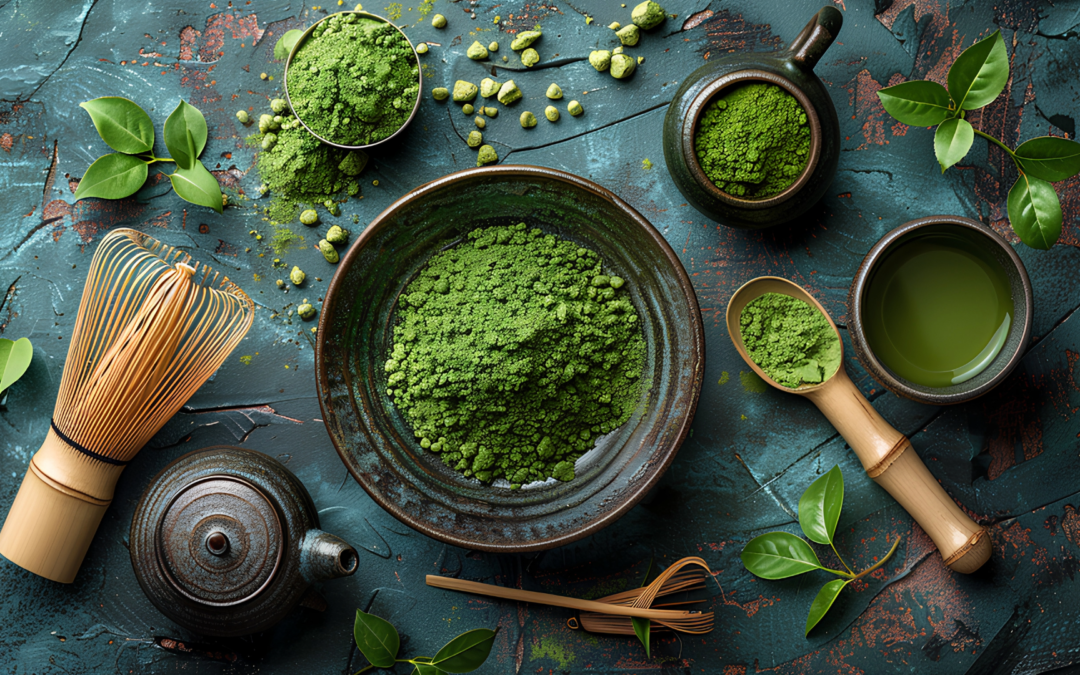Coffee may reign supreme in the U.S., but new opportunities are brewing for tea and tea-related housewares products both in the U.S. and around the world.
Tea is already the most widely consumed beverage in the world next to water, according to the Tea Association of USA. But global consumption grew 8.8% in 2023, according to NIQ (formerly NielsenIQ), and several experts at The Inspired Home Show2024, including Joe Derochowski of Circana and Tom Mirabile of Springboard Futures, singled it out as ripe for opportunity in the coming year.
“Tea is going to build really fast because of its association with health and wellness,” predicted Mirabile.
What’s Driving Interest in Tea
Continuing attention to health, as well as growing demand for new flavors and beverage styles, appears to be driving the trend.
When it comes to health and wellness, simply the act of sitting down for a cup of tea is well recognized for relaxation and self-care. But tea itself also benefits physical health.
Black tea reduces inflammation and can support heart health, while green tea has been linked to liver protection and reduced effects of aging. Oolong is high in polyphenols, which can slow cancer growth and decrease type 2 diabetes risk.
In addition, herbal teas can be formulated to address specific physical or mental health concerns. Chamomile, for example, aids stress relief and sleep, ginger helps fight nausea and morning sickness, and peppermint can help digestion.
Consumers’ expanding tastes and growing curiosity in global food and drinks are also driving demand for different teas and tea-related products. After all, NIQ points out that beverages like horchata, boba tea, Turkish coffee and kombucha can now be found on U.S. shelves in places that once would have been deemed unreachable.
Who’s Behind It
In the U.S., it appears that Millennials are leading the momentum toward tea and tea-related products, but Gen Z is close behind.
The Tea Association of the USA says 87% of Millennials drink tea. On a regional basis, the South and the Northeast have the greatest concentration of tea drinkers.
Interestingly, approximately 75-80% of tea consumed in the USA is iced. But that will probably change as Americans seek out more globally influenced foods and flavors; most tea is served hot around the world.
On an international level, the countries with the highest tea consumption per capita are Turkey, Ireland, the United Kingdom, Pakistan and Iran, according to a recent article in Yahoo Finance.
How to Leverage It
“Wellness-focused spending is a pocket of growth that should not be overlooked in today’s challenged marketplace,” says Lauren Fernandes, NIQ global director of Thought Leadership. “Consumers indicate that they see the value and importance of proactive health management, and that they are seeking specific lifestyle shifts and product attributes to achieve their health goals.”
But not all teas are created equal. Retailers looking to help consumers meet their health goals— and expanding tastes—can help educate them on different types of teas or hold tasting sessions. Customers may also appreciate learning about different preparation methods and how to create their own tea blends from scratch.
And of course, they’ll need—and be inspired by—new and innovative tea-related products to help them prepare and enjoy their tea. Just a few include:
- Herbal Tea Garden Starter Kit by Garden Republic – An indoor plant growing kit with all you need to grow your herbal tea ingredients on a windowsill, balcony or patio.
- “Hani” by Frieling USA, Inc. – This cast iron teapot—complete with stainless steel tea infuser and ceramic interior—is designed for beauty as well as superior function.
- Gourmia Collapsible Travel Kettle – Whether you need to save space or want to make tea while away from home, this kettle is collapsible but sturdy and has dual voltage compatibility.
- TeaSmart Electric Tea Maker by Saki Kitchen Inc. – This modern stainless steel tea maker, which makes teas quickly at a button’s push, offers a keep-warm function and fingerprint-resistant finish.
- ABERDEEN Black Smart Tea maker by Grosche – This attractive infuser teapot sits directly on top of a teacup and flows freshly brewed loose leaf tea through the bottom of the steeper straight into your cup.

